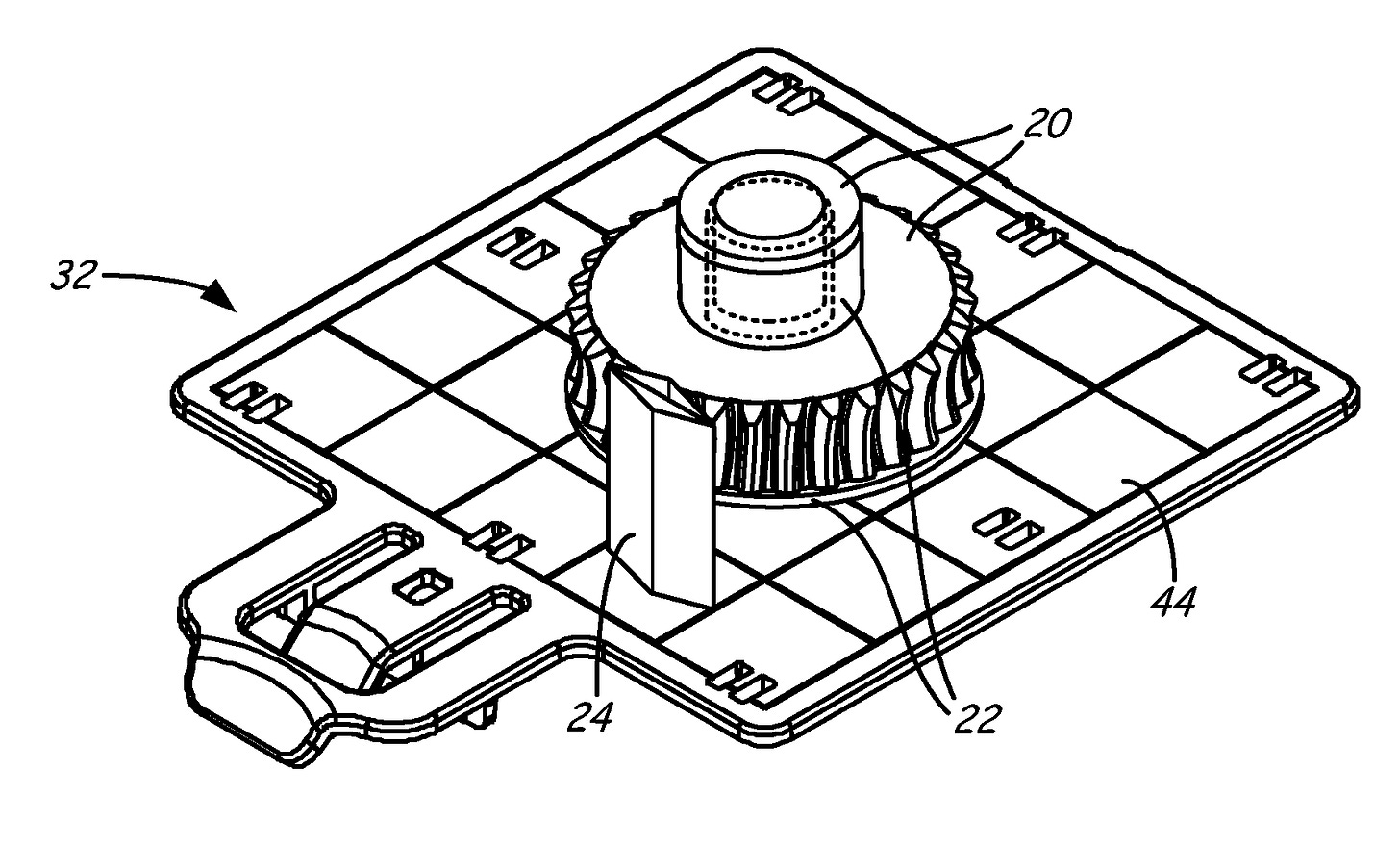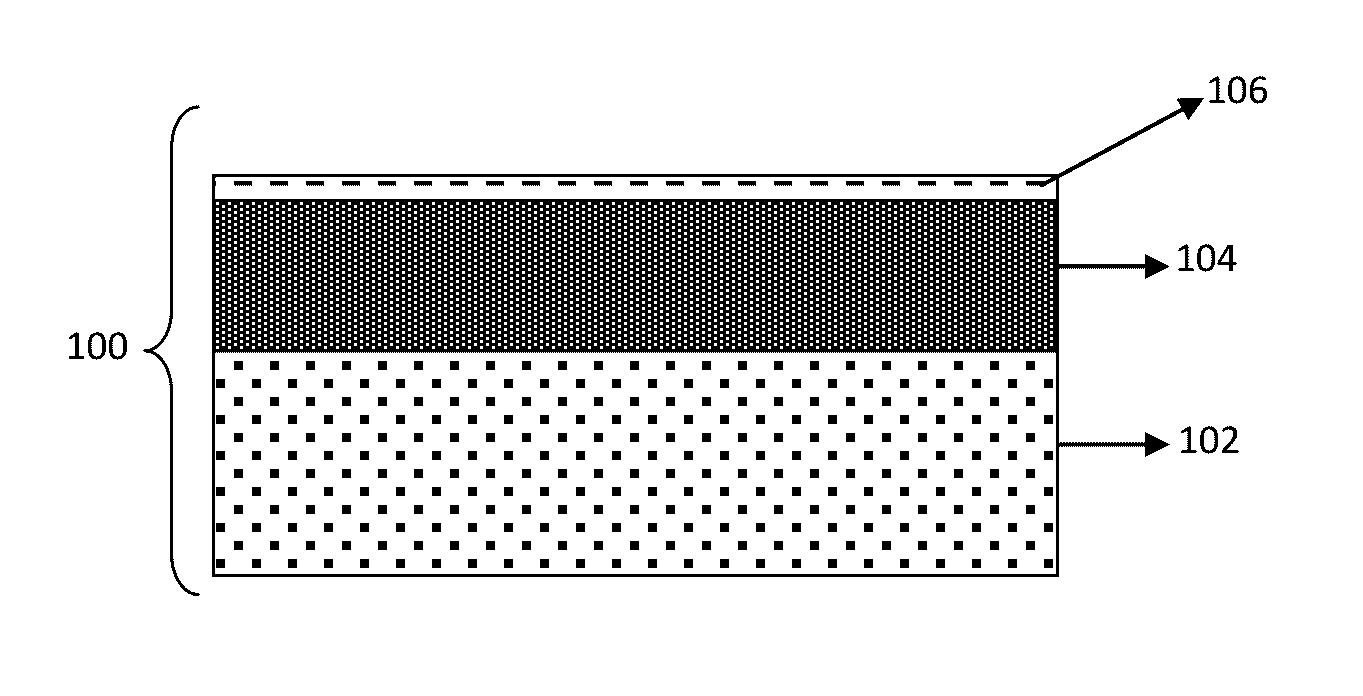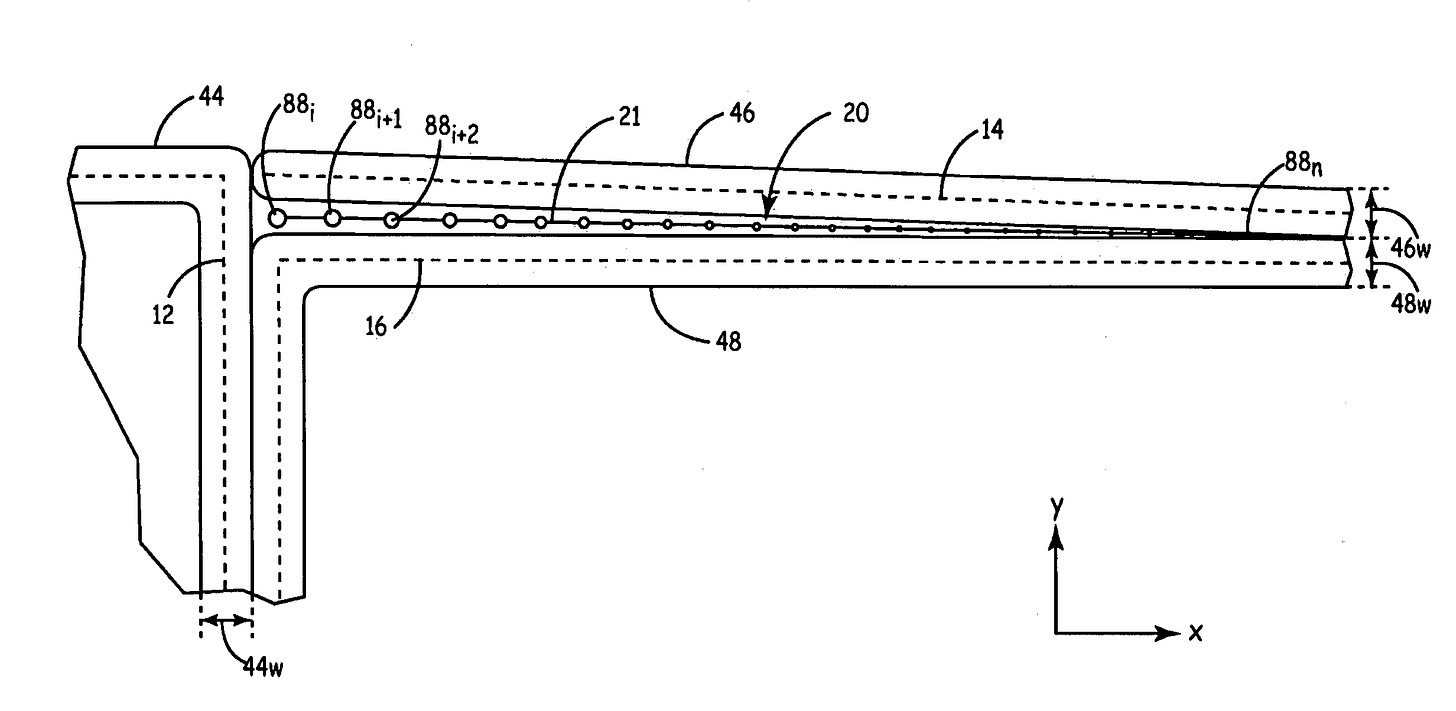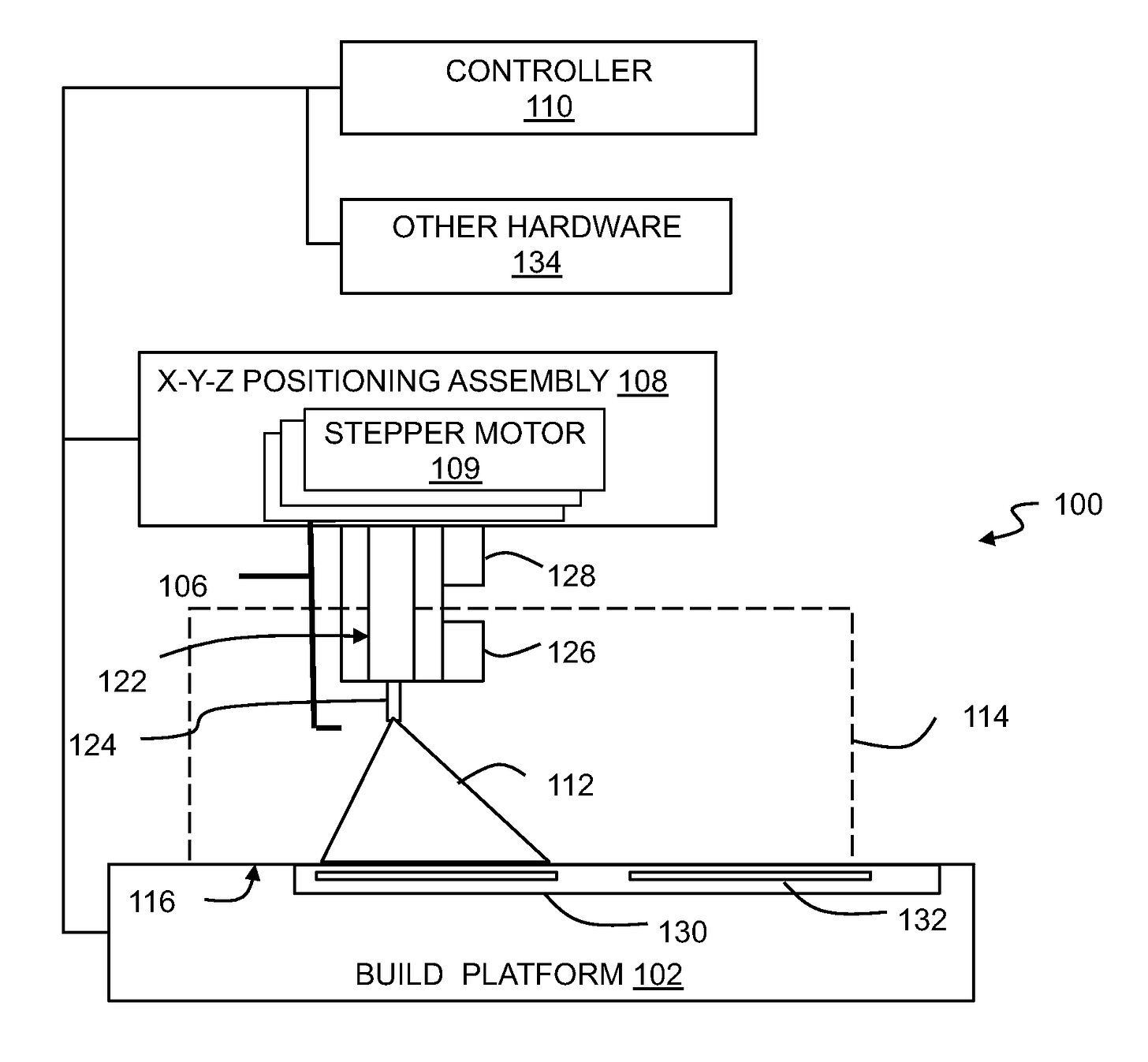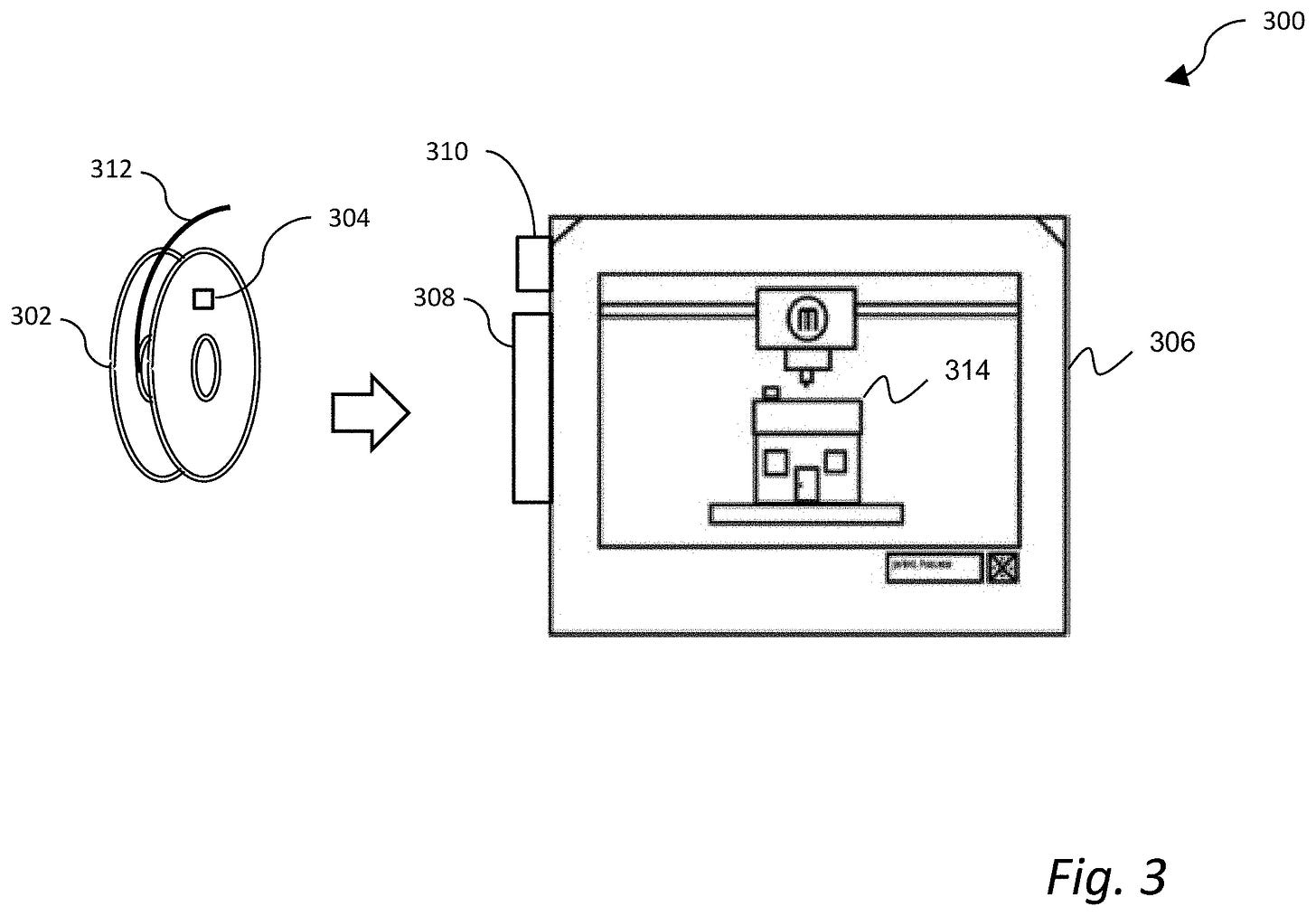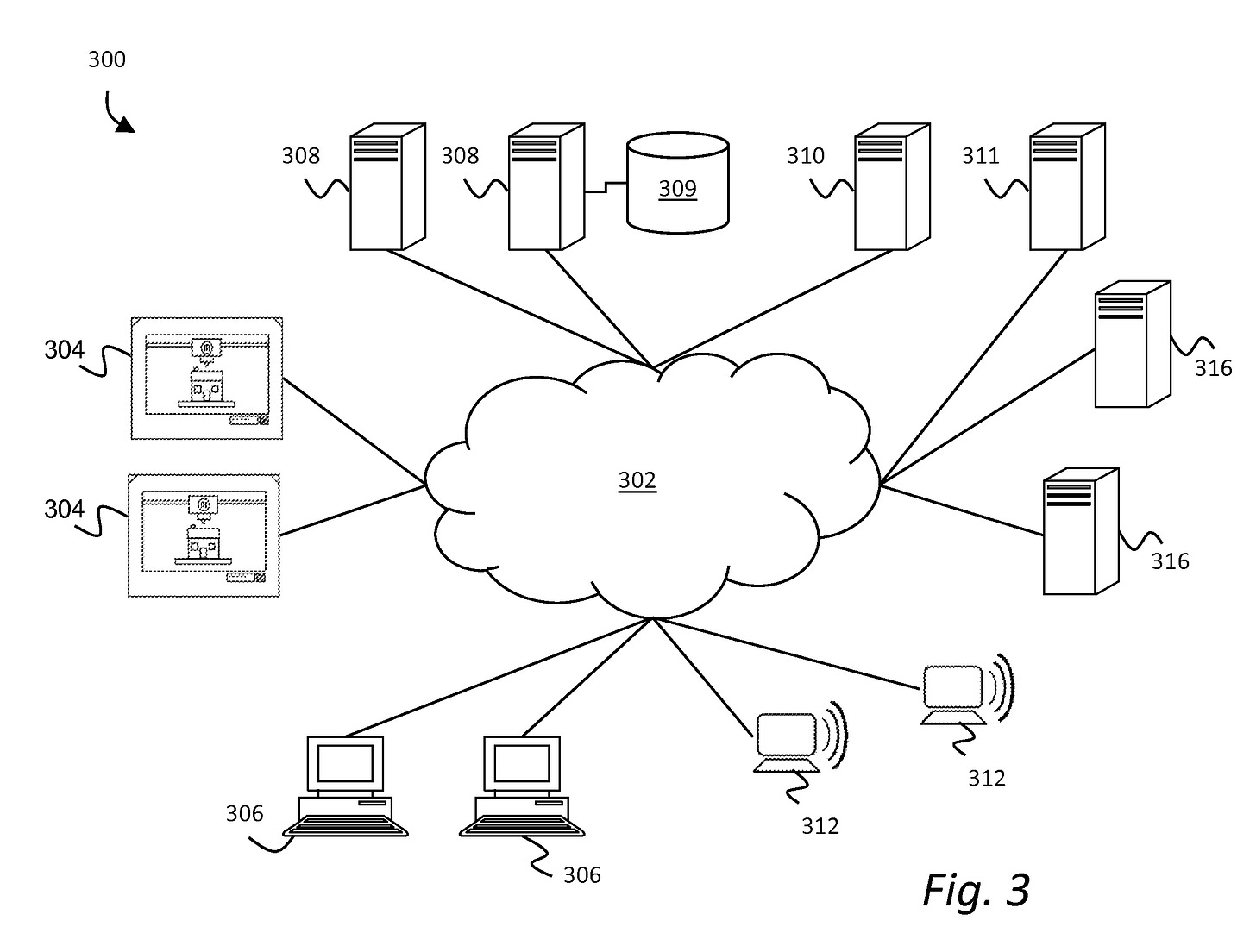The 2024 Patent War
Stratasys accuses Bambu Lab of infringing 10 patents. Does it have grounds…?
It seems the folks at Stratasys decided, “Alright, enough messing around,” and went after Bambu Lab.
This means that Bambu Lab must have become a real threat. As you’ll see in a moment, the patents that have been pulled out from the patent vault to take down the Chinese company are pretty universal.
Anyone could have been hit by them — Prusa, Raise3D, Creality3D, Flashforge — take your pick. But it was decided that they would be used just now, only against Bambu Lab.
So yes, no doubt about it: Bambu Lab is a real threat.
The folks at Stratasys decided it wasn’t worth taking any more risks.
The Lawsuit
I apologize for repeating what I’ve already written in several other places, but these are simply the facts, and we need to address them first.
Stratasys Ltd. filed a lawsuit against five Chinese companies, alleging that they infringed on 10 patents by developing and selling 3D printers under the Bambu Lab brand. Two notice letters were sent on August 5 to:
Beijing Tiertime Technology Co.
Beijing Yinhua Laser Rapid Prototyping and Mould Technology Co.
Shanghai Lunkuo Technology Co.
Shenzhen Tuozhu Technology Co.,
including Tuozhu units Bambulab Ltd. and Tuozhu Technology Ltd.
On August 8, two lawsuits were filed in the US District Court for the Eastern District of Texas, where Bambu Lab’s American headquarters is registered.
In the first lawsuit, Stratasys accuses Bambu Lab of infringing the following patents:
US9421713B2 — Additive manufacturing method for printing three-dimensional parts with purge towers
US9592660B2 — Heated build platform and system for three-dimensional printing methods
US7555357B2 — Method for building three-dimensional objects with extrusion-based layered deposition systems
US9168698B2 — Three-dimensional printer with force detection
US10556381B2 — Three-dimensional printer with force detection
In the second lawsuit, Stratasys accuses Bambu Lab of infringing the following patents:
US10569466B2 — Tagged build material for three-dimensional printing
US11167464B2 — Same as above
US8747097B2 — Networked three-dimensional printer with three-dimensional scanner
US11886774B2 — Detection and use of printer configuration information
US8562324B2 — Networked three-dimensional printing.
As of the time of writing this article (August 10, 2024), Stratasys has not issued any official statement on the matter.
Bambu Lab, on the other hand, has limited itself to a brief statement on X (formerly Twitter):
We have taken note of the relevant information. As of now, we have not received any formal documents from the court, but we are closely monitoring the situation. We will actively respond to this case in accordance with the appropriate legal procedures to protect our legitimate rights and interests.
Bambu Lab has always advocated for and upheld the principles of respecting and protecting intellectual property. Through continuous research and technological innovation, we strive to provide our users with the best possible 3D printing experience.
We also advocate our industry peers to drive the development of the sector through genuine technological innovation.
The patents that were (allegedly) infringed
Now, let’s take a closer look at the patents that Stratasys claims Bambu Lab has infringed. Just a heads-up, this is the more boring part of my article…
U.S. Patent №9,421,713
Additive Manufacturing Method For Printing Three-Dimensional Parts With Purge Towers.
This patent relates to so-called “purge towers,” which are 3D prints created independently of the main model and are used to clean the print head. It applies only to prints made with at least two materials or colors.
The patent was filed by Stratasys on March 8, 2013, and granted on August 23, 2016. It expires on August 20, 2034.
Comment: This is a tough one… Purge towers were used by the dual-extruder MakerBot Replicator 2X in 2012 (before patent application), but their nature differed from what is presented in the patent. Another issue is that MakerBot has been owned by Stratasys since mid-2013. It’s quite ambiguous?
U.S. Patent №9,592,660
Heated Build Platform And System For ThreeDimensional Printing Methods
This patent concerns a heated build platform — but not in its entirety, specifically focusing on the flexible build surfaces that have been used for several years.
The patent was filed by Stratasys on December 17, 2014, and granted on March 14, 2017. It expires on January 8, 2035.
Comment: I’m afraid Bambu Lab might have a problem. If I remember correctly, the first “flexible” build plates were introduced in 2014 with the MakerBot 5th Generation and subsequent models. So, in a series already created by Stratasys-owned MakerBot… In this case, it might all come down to technical details…?
U.S. Patent №7,555,357
Method for building three-dimensional objects with extrusion-based layered deposition systems
This patent covers the basics of generating outlines and paths for 3D print layers.
The patent was filed by Stratasys on June 31, 2006, and granted on June 30, 2009. It expires on March 3, 2027.
Comment: This is a very clever patent, which effectively excludes the possibility of correct layer application without violating it. You can try to challenge it, but as stated, seems like all manufacturers are violating it?
U.S. Patent №9,168,698 & 10,556,381
Three-dimensional printer with force detection
These patents cover systems for automatically calibrating the print head relative to the build platform as well as further control of print.
Both patents were filed by MakerBot on October 29, 2013, and October 26, 2015, respectively, and granted on October 27, 2015, and February 11, 2020, respectively. They expire on February 7, 2034, and July 27, 2036.
Comment: Again, it all comes down to the technical details used by Bambu Lab. In general terms, the patents seem like have been infringed?
U.S. Patent №10,569,466 & U.S. Patent №11,167,464
Tagged Build Material For ThreeDimensional Printing
The patents differ in details (the above description pertains to the older one), but generally, they concern the system for recognizing the material loaded into a 3D printer via a tag (NFC), as well as communication between the 3D printer and the user’s computer software.
Both patents were filed by MakerBot on October 5, 2018, and February 20, 2020, respectively, and granted on February 25, 2020, and November 9, 2021, respectively. They both expire on October 28, 2033.
Comment: In my opinion, this is the most controversial patent because an identical solution was used in the Ultimaker 3, released in September 2016 — two years before the patent was filed by MakerBot. It was also used in consumer 3D printers by XYZPrinting, which only worked with filament secured by a chip (i.e., a tag).
This is something for the court to consider, as it not only affects Bambu Lab (and other companies using this solution) but also challenges the very essence of the patent itself.
U.S. Patent №8,747,097
Networked Three-Dimensional Printer With Three-Dimensional Scanner
The patent related to the use of Lidar scanners, which made Bambu Lab big. This system monitors 3D printing and responds to potential errors or problems during the process.
The patent was filed by MakerBot on July 24, 2012, and granted on June 10, 2014. It expires on August 18, 2030.
Comment: If Bambu Lab’s solution doesn’t include any unique aspect that makes its technology special, then this claim may be justified?
U.S. Patent №11,886,774
Detection And Use Of Printer Configuration Information
The patent concerning the operation of a 3D printer (or multiple 3D printers) over the Internet.
The patent was filed by Stratasys on December 30, 2022, and granted on January 30, 2024. It expires on December 31, 2034.
Comment: Based on the brief description in the lawsuit and the patent document (on Google Patents), I find it hard to understand why this patent was granted at all. It’s possible it’s a continuation or extension of an older patent? Maybe its true purpose is hidden somewhere deeper? Or maybe I just don’t get it?
But the described invention has been a part of 3D printing for a good 6–8 years (again, I refer you to the Ultimaker 3 and Ultimaker Cloud). So, either the patent is worthless, or it contains something I failed to find or understand.
U.S. Patent №8,562,324
Networked Three-Dimensional Printing
The patent concerning the use of a video camera in a 3D printer and streaming footage of its operation.
The patent was filed by MakerBot on January 12, 2012, and granted on October 22, 2013. It expires on August 18, 2030.
Comment: This is probably the simplest case of them all. Using video cameras in 3D printers has been banned since 2013. A ban introduced back in the days of Bre Pettis. The man who was once seen as an authority on open source…
The End of soft play
The situation is very ambiguous. Some patents seem easy to challenge, but others leave little room for doubt.
Which boils down to one thing — this dispute won’t be resolved quickly.
History has shown us that patent disputes in the 3D printing industry can drag on for up to two years, and in the end, they usually result in a behind-the-scenes settlement.
My theory — emphasis on the word “theory” — is that Bambu Lab will have to share profits with Stratasys from every 3D printer sold.
And if that happens, extending the verdict to other 3D printer manufacturers will be a mere formality. Some may not survive it.
One more thing points to Stratasys playing seriously — the information in the lawsuit that doesn’t constitute a direct claim but opens the door to further actions.
Stratasys has started playing the user safety card — with a hint at national security.
The TikTok case…
Defendants’ printers (…) transmit data to Defendants’ servers or servers operated by third parties under Defendants’ control. This includes, but is not limited to, Defendants’ servers that may be located in China. (…)
In fact, Defendants have acknowledged that their printers have security concerns. In a November 2022 blog post, Defendants’ representative stated that: “We admit that the security design of the whole Bambu Lab system was not the best from the very beginning. The honest reason is simply that the initial team has a background in robotics, but very little experience in network security. We now understand, thanks to the community contributions, that we have underestimated this issue, and there is no excuse for this.”
Source: The Stratasys lawsuit
We’re in for a serious showdown. A conflict where no one will hold back. For Bambu Lab, it’s a matter of survival. Being cut off from the U.S. market wouldn’t mean the end, but it would seriously impact their business.
They can’t afford that. So they’ll have to reach an agreement.
An agreement with Stratasys…
Stratasys is a battle-hardened veteran, not just in 3D printing business but also in legal battles.
The Afinia case, the MakerBot Smart Extruder case, the Origin case, or last year’s battle with Nano Dimension and 3D Systems (with Desktop Metal in the background).
Yes, Bambu Lab is about to undergo a real baptism by fire.







